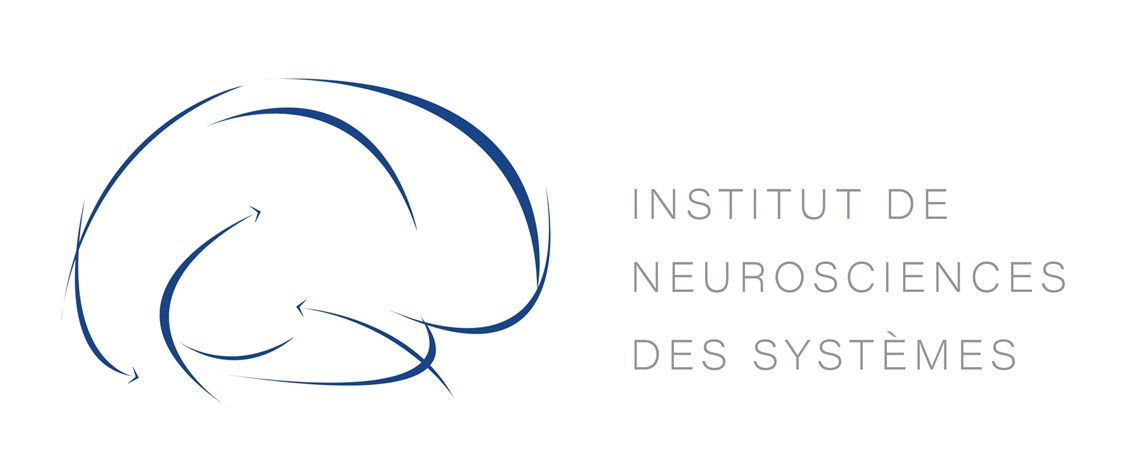Functional connectivity and epileptogenicity of nodular heterotopias: A single‐pulse stimulation study
Résumé
Objective: Nodular heterotopias (NHs) are malformations of cortical development associated with drug-resistant focal epilepsy with frequent poor surgical outcome. The epileptogenic network is complex and can involve the nodule, the overlying cortex, or both. Single-pulse electrical stimulation (SPES) during stereo-electroencephalography (SEEG) allows the investigation of functional connectivity between the stimulated and responsive cortices by eliciting cortico-cortical evoked potentials (CCEPs). We used SPES to analyze the NH connectome and its relation to the epileptogenic network organization.
Methods: We retrospectively studied 12 patients with NH who underwent 1 Hz or 0.2 Hz SPES of NH during SEEG. Outbound connectivity (regions where CCEPs were elicited by NH stimulation) and inbound connectivity (regions where stimulation elicited CCEPs in the NH) were searched. SEEG channels were then classified as "heterotopic" (located within the NH), "connected" (located in normotopic cortex and showing connectivity with the NH), and "unconnected." We used the epileptogenicity index (EI) to quantify implication of channels in the seizure-onset zone and to classify seizures as heterotopic, normotopic, and normo-heterotopic.
Results: One hundred thirty-five outbound and 72 inbound connections were found. Three patients showed connectivity between hippocampus and NH, and seven patients showed strong internodular connectivity. A total of 39 seizures were analyzed: 23 normo-heterotopic, 12 normotopic, and 4 heterotopic. Logistic regression found that "connected" channels were significantly (p = 8.4e-05) more likely to be epileptogenic than "unconnected" channels (odds ratio 4.71, 95% confidence interval (CI) [2.17, 10.21]) and heterotopic channels were also significantly (p = .024) more epileptogenic than "unconnected" channels (odds ratio 3.29, 95% CI [1.17, 9.23]).
Significance: SPES reveals widespread connectivity between NH and normotopic regions. Those connected regions show higher epileptogenicity. SPES might be useful to assess NH epileptogenic network.
| Origine | Fichiers produits par l'(les) auteur(s) |
|---|
